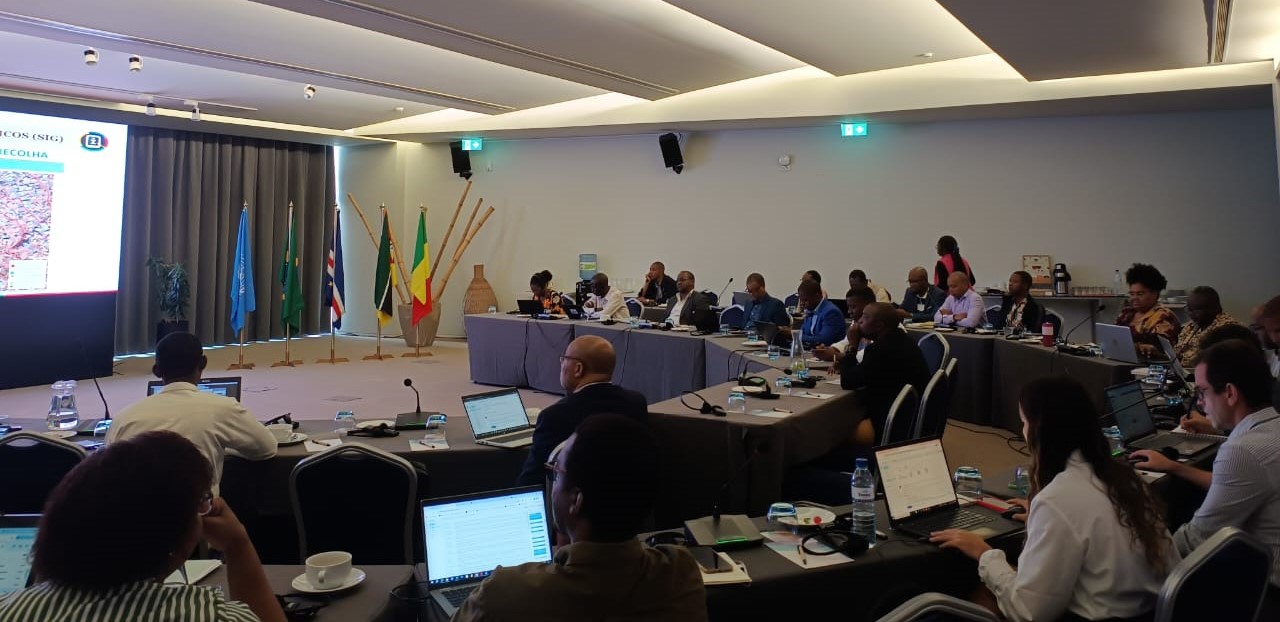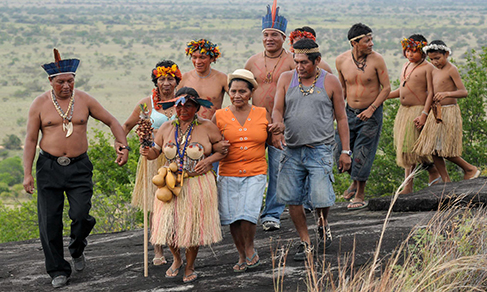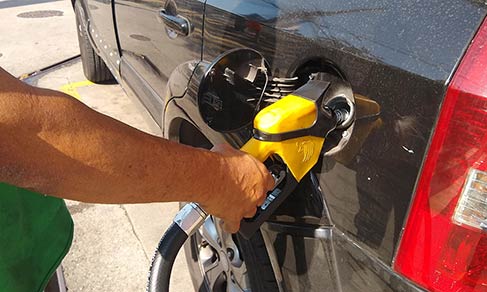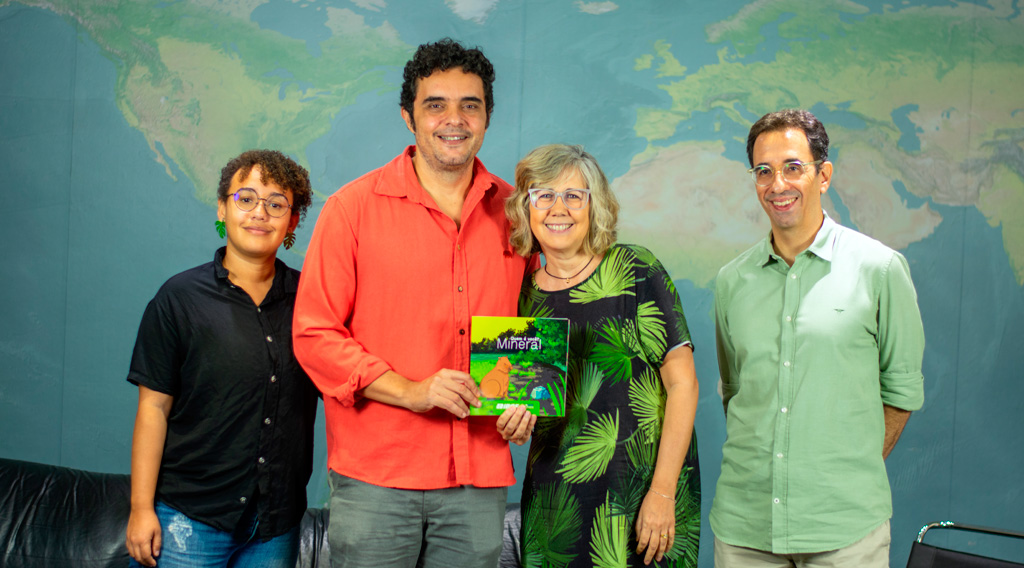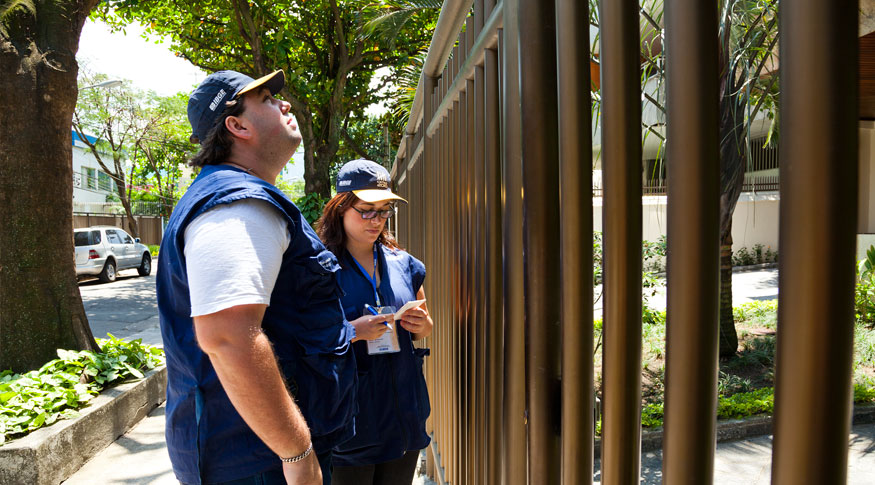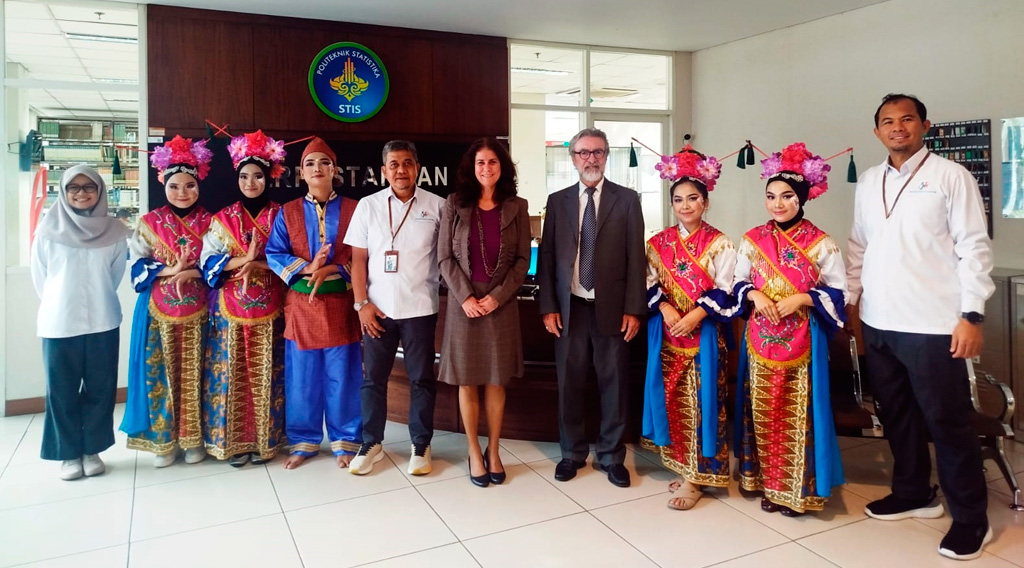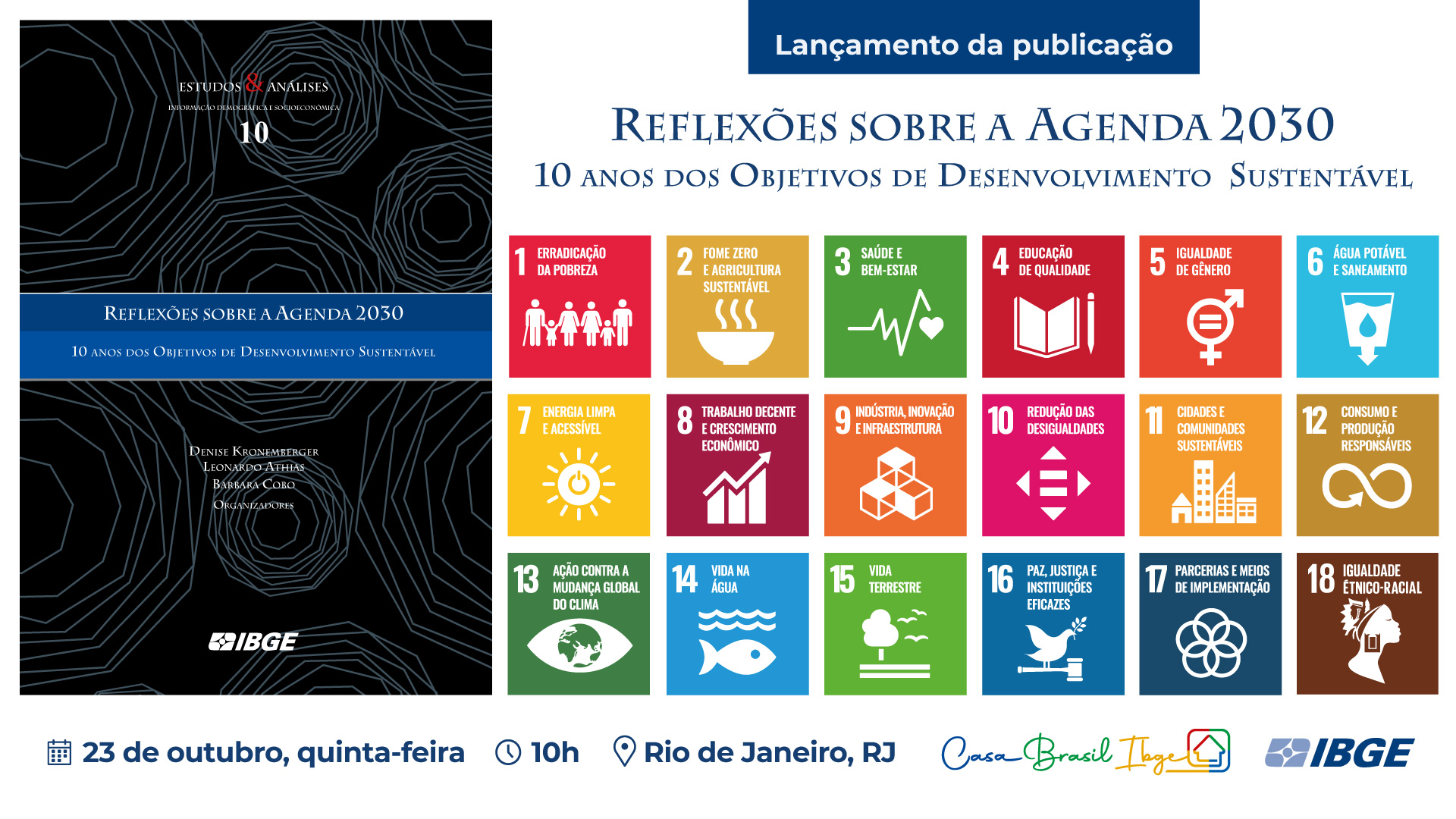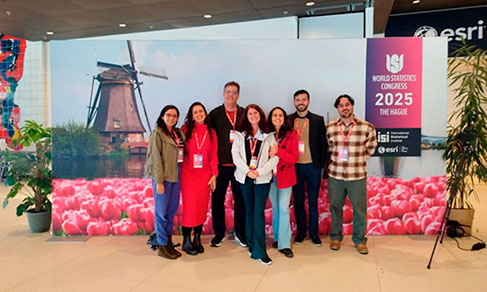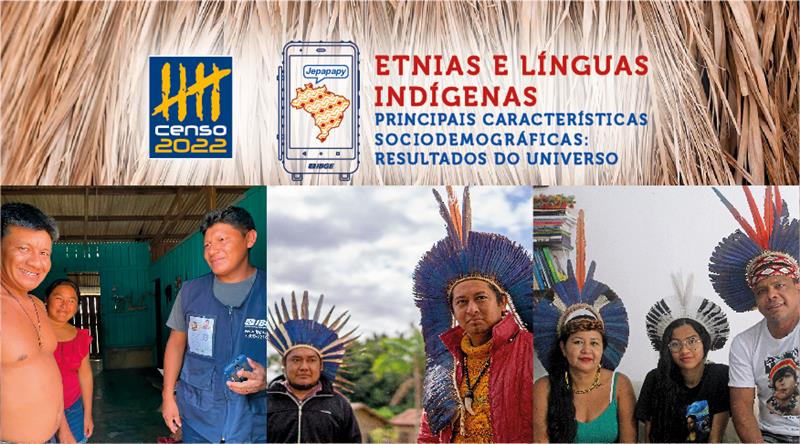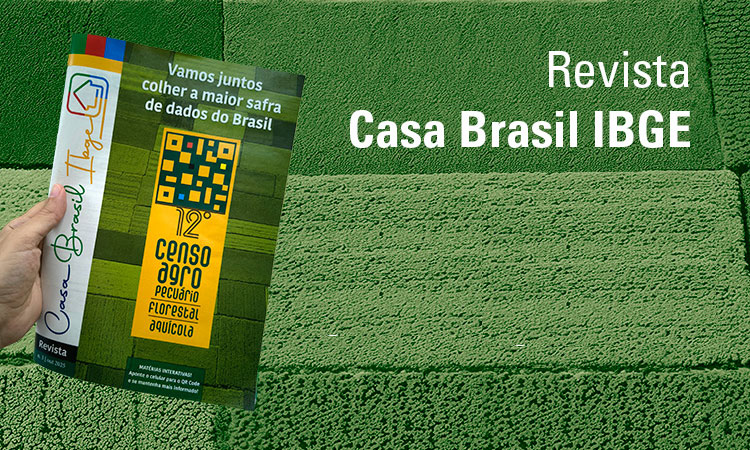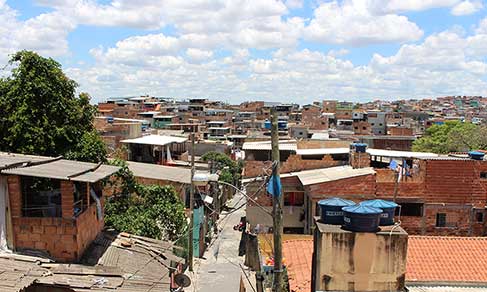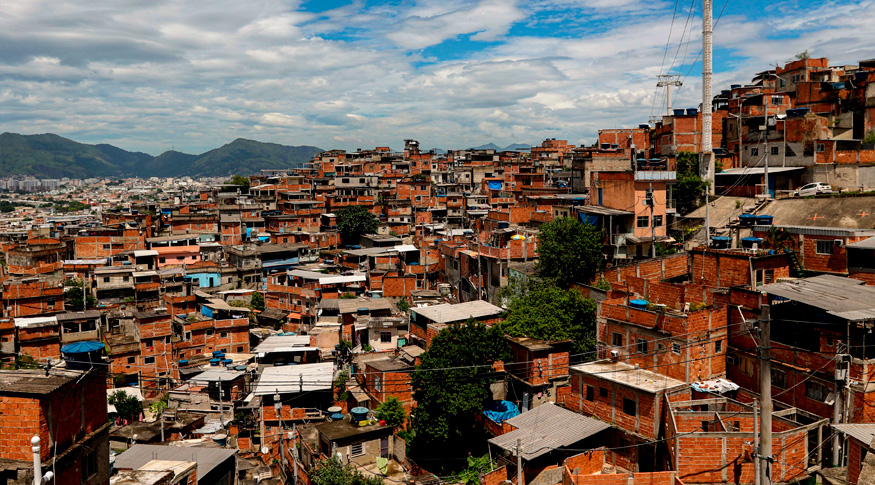Salinas, national capital of artisanal cachaça
July 21, 2017 09h00 AM | Last Updated: September 04, 2017 09h21 AM
Salinas, a municipality in northern Minas Gerais, housed, last weekend, another edition of an event conducted every year since 2002: the World Festival of Cachaça. The city, known as the national capital of artisan cachaça, has about 50 distilleries, 25 of which have received the Seal of Geographic Indication from the National Institute of Industrial Property (INPI).
Cachaça, the main ingredient of a typically Brazilian drink, caipirinha, gained recognition when the alcoholic beverages produced in Paraty (RJ) and in Salinas were granted the seal by the INPI, in 2007 and 2012, respectively.
Cachaça from Salinas moves R$ 3 million per year
The Salinas Association of Artisan Cachaça Producers (Apacs) represents about 50 companies in the surrounding area, and 25 of them have the regional seal. According Eilton Santiago, president of the Apacs, the cachaça economy moves approximately R$ 3 million per year.
Some brands have very reasonable prices, such as Seleta (R$ 28.00), with an annual production of 2 million liters per harvest period. According to the brand owner, Renata Rodrigues, “the INPI seal is the top certification for a Brazilian brand. The Seal of Geographical Identification refers to a distinguished feature of a given region, and certifies the product as being produced there because of that.” About the quality of her production, Renata emphasizes “it is an artisanal beverage, from the state of Minas Gerais. We take that identity, and its quality, all over the country”.
On the other extreme are more expensive cachaças. A good example is Havana (R$ 470.00), with an output that ranges from ten to 14 thousand liters a year. Geraldo Santiago, a retired IBGE servant, and son of Anísio Santiago, the founder of Havana, says his father never aimed at industrial-scale production. “All his life he preferred a small, top-quality production. Havana was the first cachaça from Salinas to be registered; it got somewhat famous and the city made a name in the national market. It’s a completely artisanal cachaça”.
Geraldo considers his produt unique for several reasons: "the land where it is planted, the quality of the sugarcane, the careful production process, the artistic side of making good cachaça, the craft of cachaça aging. The product we sell follows high production standards". He explains that the aging of top-quality cachaça needs wooden - or myroxylon - vats, which must age before use. "Most of our vats are over 60. Only after 40 or 50 years we can say vats are ready for the production of our top-quality Havana".

Wooden barrels for cachaça aging
Journalist Dirley Fernandes, of the website Devotos da Cachaça (Cachaça Devotees), explains that Salinas was settled by people from Bahia, who had kept alive the cachaça tradition. Upon the arrival of cattle-driver Anísio Santiago, Salinas gradually replaced Januária (another city in Minas Gerais) as producer of high-quality cachaça. The Havana became famous; other producers came here, even some from the Santiago family, and lots of brands followed.
According to Dirley, the Salinas region has a unique feature: “our cachaças have followed high standards since the 1940’s, because we are very careful with every step of production. He claims Salinas produces cachaça of extremely high quality; also, that it is potent, with higher alcohol content, a very traditional taste.
“The production method, which we call terroir, is what makes a difference in the cachaça from Salinas. Other producers can be as good as we are, but no other region is so fertile and reproduces quality so well as ours” he adds.
IBGE locates products with a Geographical Identification Seal
The IBGE, in partnership with the INPI, has located Geographical Identification Seals, and identified the origin of 49 national products and services certifies according to their produtos e serviços nacionais certificados por Indicação de Procedência ou por Denominação de Origem.
The Indication of Source is the name of the place acknowledged for producing, extracting of manufacturing a given product or for rendering a type of service. That is the case of the cachaças from Salinas and Paraty and of the cheese from Serra da Canastra, in Minas Gerais. Vale dos Vinhedos, in Rio Grande do Sul, was the first region to be granted the Seal, in 2002.
The Appellation of Origin encompasses the area used to designate products or services whose qualities or characteristics can be attributed to geographic origin, for example, the coffee from Cerrado Mineiro or the shrimp from Costa Negra, in Ceará.
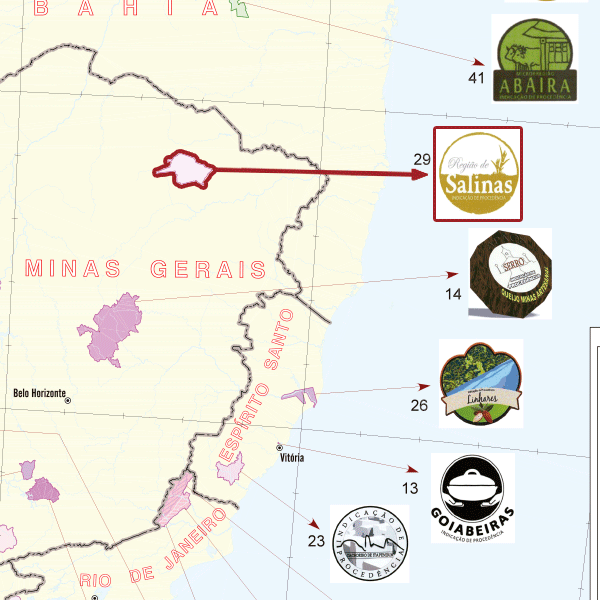
Salinas region on the IBGE 's Map of Geographical Indication
The director of Trademarks and Geographical Indications and Industrial Designs of the INPI, Marcelo Pereira says “that type of registration increases producers' visibility and product value. Purchasers have no doubt about the origin of the product. The Seal also guarantees it has been tested according to procedures that a single producer would never follow.”
Besides working on location, the IBGE and the INPI have signed a cooperation agreement. The IBGE is responsible for the verification of geographic boundaries of the area reported by producers' associations that require the Seal from the INPI.
Text: Diana Paula de Souza and Karina Meirelles (intern)
Photos:
Bottles - Flickr Diogo Melo
Barrels - Wikipedia



